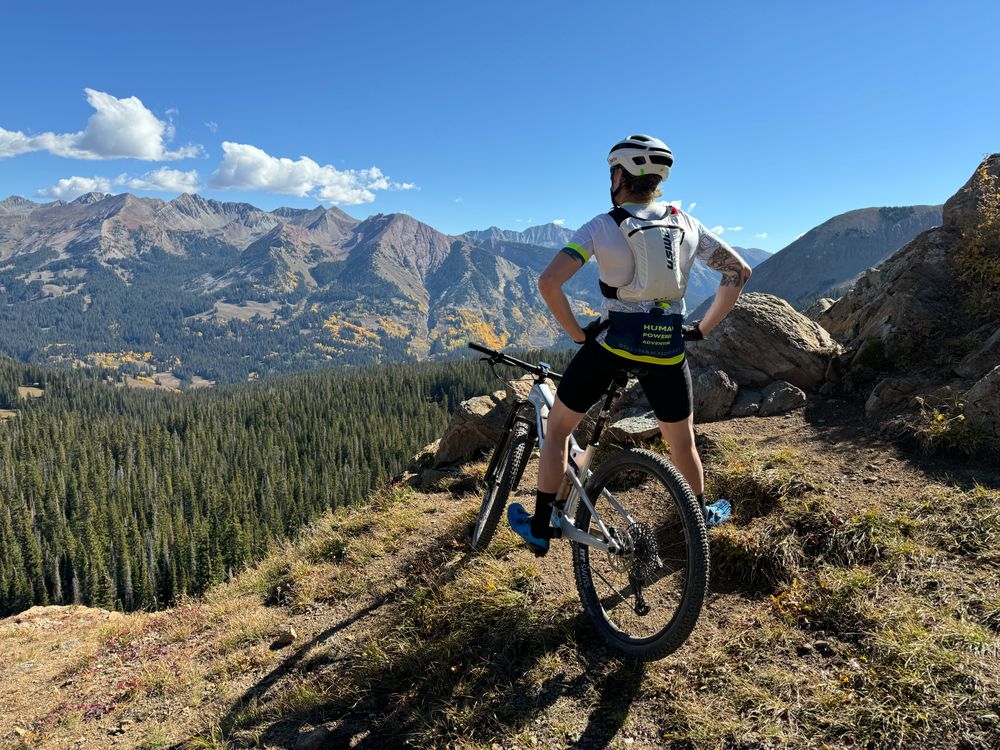Let’s be honest—most of us mountain athletes love our numbers. FTP, VO2 max, race pace, finger strength, redpoint grades—we collect and compare these stats like Pokémon cards, hoping they’ll prove our superiority on the trail, crag, or bike. But what if I told you that your most important performance metric isn’t on your TrainingPeaks dashboard? Unpopular opinion incoming: the real KPI that determines your long-term success isn’t any of these—it’s durability.
What is Durability, and Why Should You Care?
Durability is essentially your ability to sustain a high level of performance over the long haul—both within a single effort and across an entire season (or lifetime, if we’re really thinking big picture). It’s about consistency and repeatability, not just isolated peak performances when you’re feeling fresh and tapered. Some real-world examples:
Cyclists: Holding power and hitting race-winning moves after five hours in the saddle, not just throwing down big watts in a five-minute effort when fresh.
Trail Runners: Maintaining a strong pace and fluid stride deep into an ultra, rather than just crushing the first climb and then shuffling home.
Climbers: Executing multiple high-quality redpoint attempts in a session, rather than sending one desperate burn and being wrecked for the week.
Durability doesn’t just help you perform better—it also allows you to train at a higher volume and intensity over time, build a stronger foundation, and reduce injury risk (since, newsflash, your body needs load to build load tolerance). In other words, durability is what keeps you progressing instead of constantly rebuilding from setbacks.
How Do You Build Durability? (Hint: It’s Not Instant Gratification)
By now, you’re hopefully nodding along, thinking, Okay, fine. Durability sounds important. But how do I actually train it? Here’s where the simple-but-not-easy part comes in.
Gradually Increase Overall Volume – There’s no shortcut here. Consistent, intelligent progression is key. Ramp up too fast, and you’ll be calling your PT (hi, that’s me) instead of hitting your next training block.
Vary Your Training Intensities – If you’re always going the same speed, distance, or effort, you’re leaving gains on the table. Mix in different zones, long-slow-distance, race-pace efforts, and high-intensity work.
Train Under Fatigue – Learning to perform when tired is durability 101. This doesn’t mean hammering junk miles, but strategically placing key workouts when your legs feel like cement.
Prioritize Recovery – Durability isn’t just about loading up—it’s about how well you absorb and adapt. Sleep and nutrition are non-negotiable. If you recover like garbage, you’ll train like garbage.
Get More Sport-Specific Time – You want to race well? Ride long. Want to climb harder? Spend more time redpointing outside. Fancy training gimmicks are cool and all, but nothing replaces actually doing the thing, a lot, over time.
The Durability Advantage for Aging (and Smart) Athletes
If you’re in the young, dumb, and full of maximal efforts camp, listen up—durability is what allows aging athletes to stay competitive (and honestly, often beat younger athletes who rely too much on raw power). If you’re a younger athlete, building durability early is your secret weapon to longevity in the sport. And if you’re already feeling the effects of time? Prioritizing durability means you’ll be the one still crushing it when others are sidelined.
Rethinking Your Metrics
FTP is cool, but the person who can hold repeated strong efforts at the end of a race is probably going to drop you. Finger strength is great, but what’s the point if you can only squeeze hard once and then flame out? What’s more valuable—an impressive peak number, or the ability to train, race, and perform at a high level, consistently, for years?
This isn’t to say traditional KPIs don’t matter. They have their place. But maybe—just maybe—we’re overvaluing certain numbers while missing the bigger picture. At the end of the day, the real goal isn’t just hitting PRs on a spreadsheet. It’s doing the sports we love, at a high level, for as long as possible. And that, my friends, is what durability is all about.

